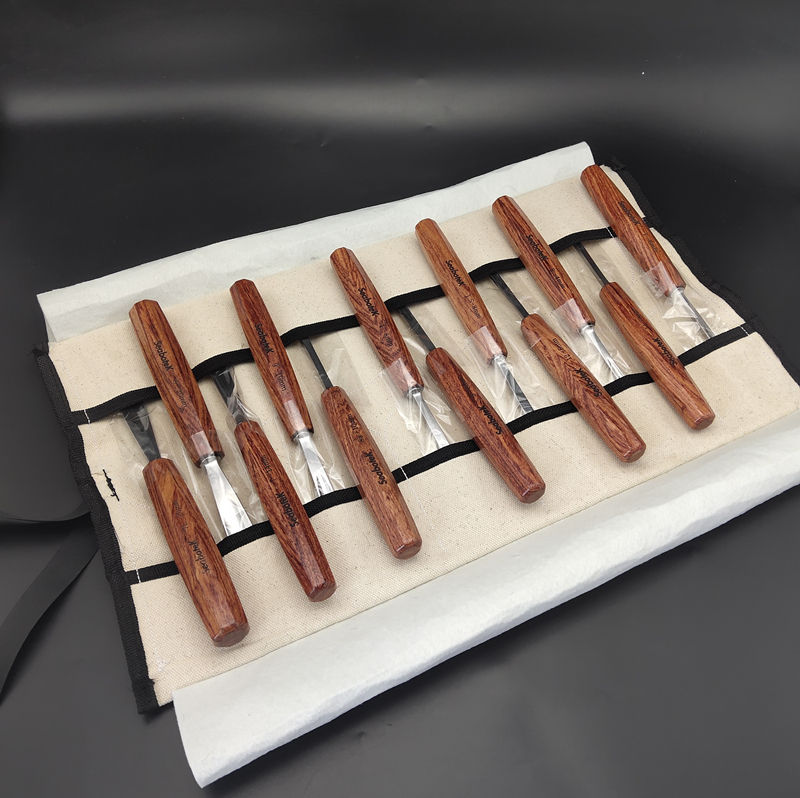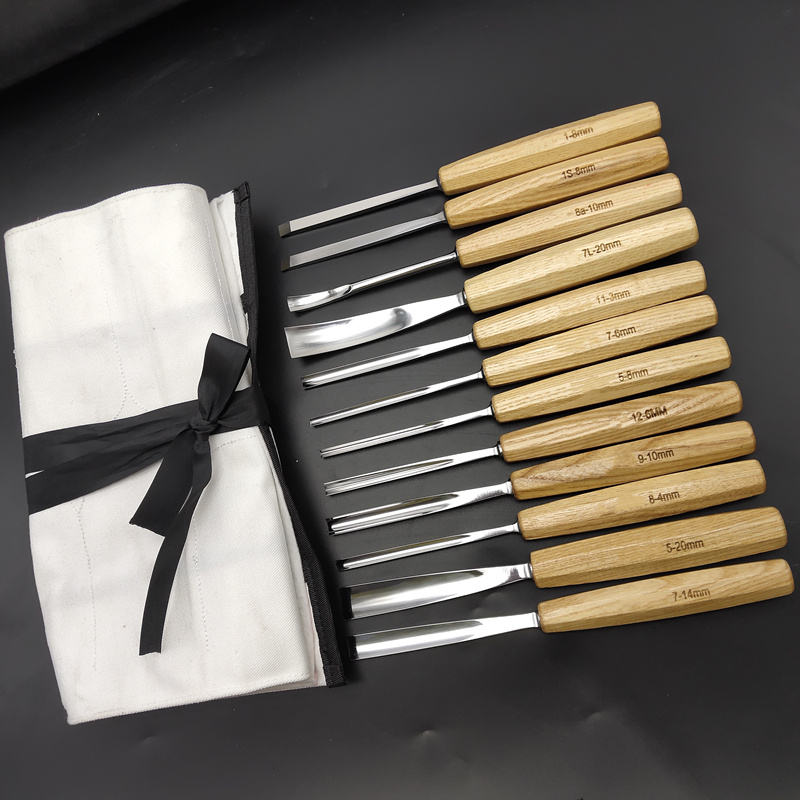Wooden handle innovations bring together the time-honored tradition of woodworking with contemporary design principles, resulting in functional, ergonomic, and aesthetically appealing handles. These innovations reflect a harmonious blend of old and new, offering improved performance and visual appeal. Here are some ways in which tradition meets contemporary design in wooden handle innovations:
1. Ergonomic Enhancements: Contemporary design incorporates ergonomic principles to create handles that fit comfortably in the hand, reducing strain and fatigue during use. Innovative shapes, contours, and finger grooves optimize grip and control.
2. Hybrid Materials: Wooden handles can be combined with other materials such as rubber, silicone, or high-performance polymers. These hybrids offer improved grip, shock absorption, and durability while retaining the aesthetic charm of wood.
3. Modularity and Interchangeability: Innovative handles designed for multiple tools enable easy interchangeability. This approach combines traditional wooden handles with modern adaptability, allowing users to switch handles for different tasks.
4. Integrated Technology: Wooden handles can be designed to accommodate technology, such as sensors or smart components, enhancing tool functionality and user experience.
5. Sustainable Finishes: Contemporary finishes, such as eco-friendly varnishes and natural oil blends, enhance the wood’s durability while aligning with sustainable design practices.
6. Minimalist Aesthetics: Modern design often embraces minimalism. Wooden handles with sleek, clean lines and minimal ornamentation fit seamlessly into contemporary environments.
7. Innovative Joinery: Creative joinery techniques such as dovetail, mortise and tenon, or even 3D-printed connectors can be used to secure handles to tool heads, combining traditional craftsmanship with modern methods.
8. Artistic Embellishments: Contemporary design allows for artistic flourishes on wooden handles. Laser engraving, inlays, or intricate carvings add unique visual appeal to the handles.
9. Multi-Functionality: Handles can be designed to serve multiple functions beyond the grip. They might include storage compartments, tool holders, or even integrated measuring tools.
10. Sustainable Sourcing: Innovations in wooden handles also include a focus on responsible material sourcing. Using reclaimed wood, salvaged from sustainable sources, aligns with contemporary eco-conscious design.
11. Customization Platforms: Digital design and fabrication techniques enable users to customize their handles, from shape and size to patterns and engravings, bringing a personal touch to the tool.
12. Collaborative Design: Collaborations between woodworkers, industrial designers, and engineers bring together different expertise to create functional, visually appealing, and innovative wooden handles.
13. Future-Proofing: Innovative designs account for changing user needs, offering adjustable or adaptable handles that can evolve with the user’s preferences and tasks.
The marriage of tradition and contemporary design in wooden handle innovations speaks to the timeless appeal of wood as a material, while embracing advancements that enhance usability, aesthetics, and sustainability. These innovations honor craftsmanship while meeting the demands of modern users and environments.


